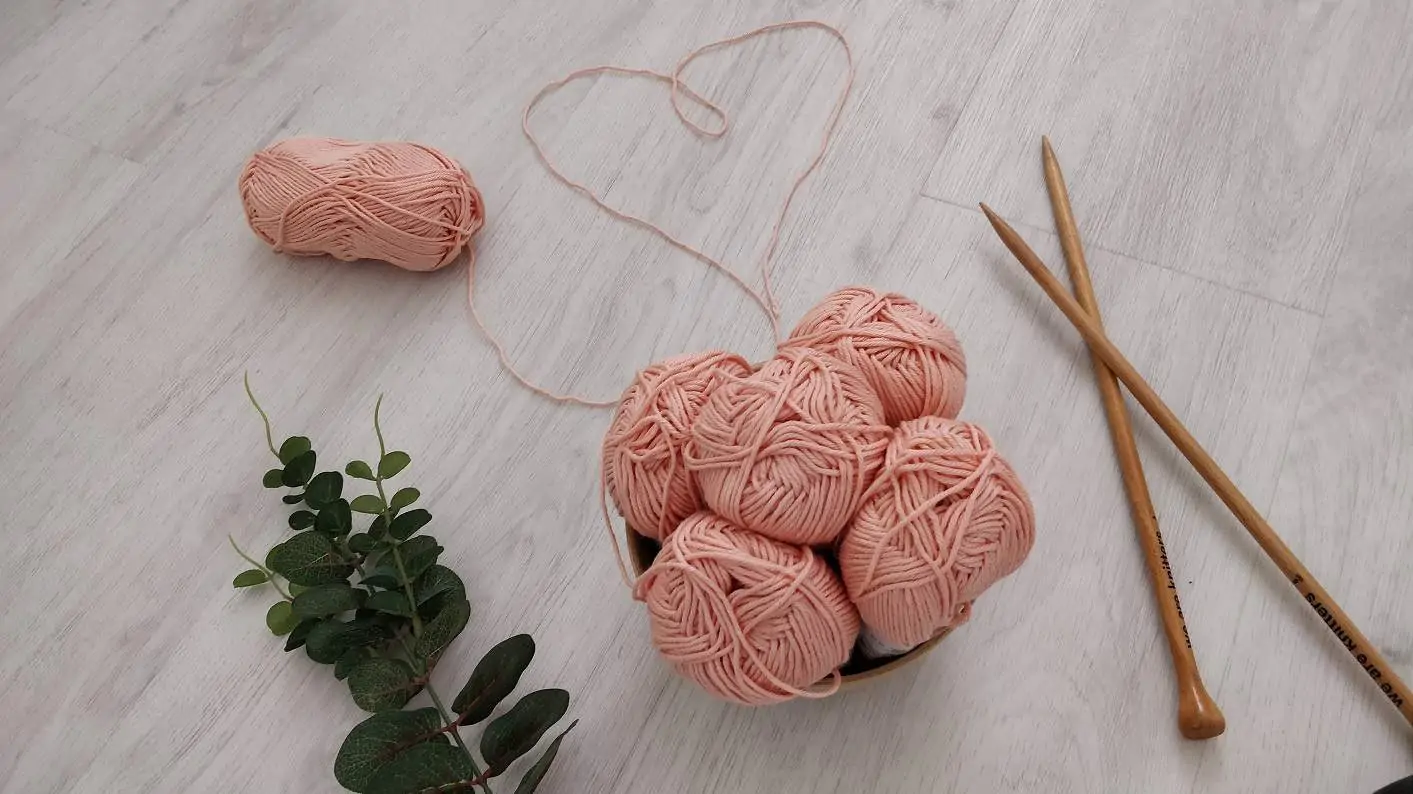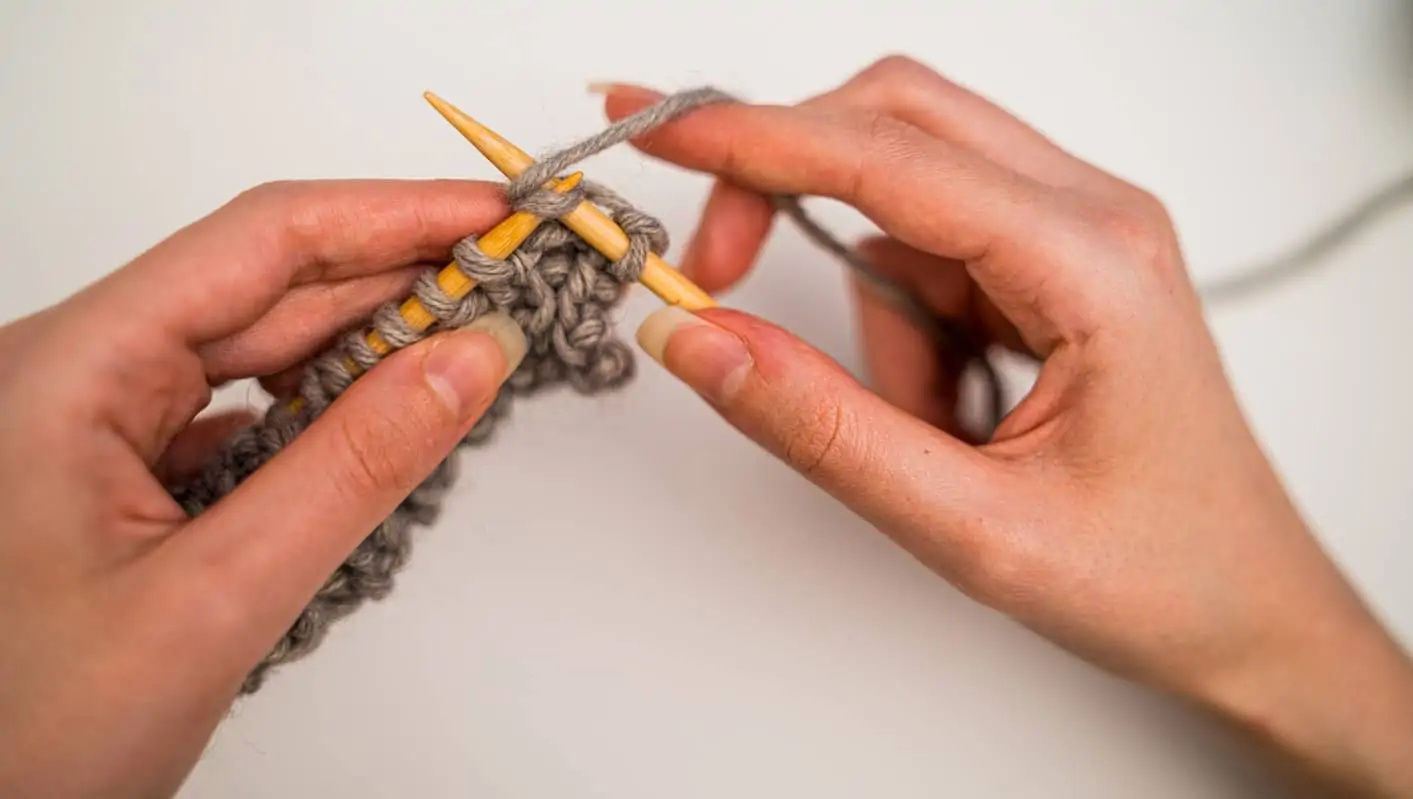
Knitting is no longer reserved for older people. Individuals of all ages are now taking up the craft and showing off their handmade creations with pride, and since lockdown, there’s been a surge of knitting enthusiasts.
Knitting is not only a helpful skill to have, with the craft giving you the ability to create your woollen clothes and accessories. It’s a creative and rewarding hobby that you can practise anywhere and everywhere.
Studies have also shown that knitting is great for your health with the hand-eye coordination needed positively engaging the brain. It’s extremely relaxing too, a fact that makes knitting particularly beneficial in today’s stressful and uncertain post lockdown world. Here Psychology Today reveals more:
“The rhythmic movements seem to put us in the present moment, distracting us from mulling over the past or fear of the future. The relaxation response is known to bring down blood pressure, heart rate and help to prevent stress-related illnesses. We rock babies in cradles and sit in rocking chairs because rocking has a powerful calming effect.”
Whether you’re using knitting to find inner peace, quash a bad habit like smoking or compulsive eating, or simply want to take up knitting to add another creative skill to your repertoire, getting started couldn’t be easier. All you need is the following beginner’s guide.
Stock up on the essentials
Before you begin your knitting adventure, make sure you have the right tools. You don’t have to go crazy at the haberdashery or spend a fortune online, all you need are knitting needles, a darning needle or set, embroidery or craft scissors, measuring tape, stitch markers, a crochet hook, a notebook, and a yarn bag.
You’ll also need some yarn. Buy yarn that you like and can see making into your very first knitted creation. You can use this yarn to create your first swatches – squares of knitting used to practise your first stitches – and use what’s left to make your very first knitted item so nothing goes to waste.
Know the golden rules
There are a few things you should know before you get started on those first swatches. Before you work on any pattern, for instance, you should complete a test swatch to check your tension. If the tension is too tight, you may need to upgrade the size of your needles. Too loose? Go for a smaller needle.
It is also worth noting that any new stitches are created on your right needle whilst old ones are slipped off the left. Once you’ve done your stitches for the row your right needle will be full and your left needle empty as a result.
When following a pattern, be sure to keep the key to one hand. This key will tell you what all the abbreviations mean, so you never miss a stitch.

Learn how to cast on
‘Casting on’ is a basic knitting technique that allows you to create the very first stitches of your pattern. It also enables you to add new stitches to a row that has already been stitched, which you’ll often need to do in the middle of a project.
First, make a slip knot and tighten it onto the needle – congratulations you’ve made your first stitch!
Hold this needle in your left hand. Now insert the right needle into the stitch, and loop the yarn under and around it. With this same needle, pull the yarn loop through the stitch and slip it onto the left needle, this is your second stitch.
Insert the right needle between these two stitches and loop the yarn under and around the right needle as you did before.
Use the needle to pull the loop of yarn through the stitch and slip the loop onto the left needle to create your third stitch. Continue to cast on until you have all the stitches you need for your row.
Stay tuned for our next instalment of knitting basics to find out how you turn this first row of stitches into something fabulous!
In the meantime, why not see how the pros do it by meeting the makers behind So Cosy’s wool creations.